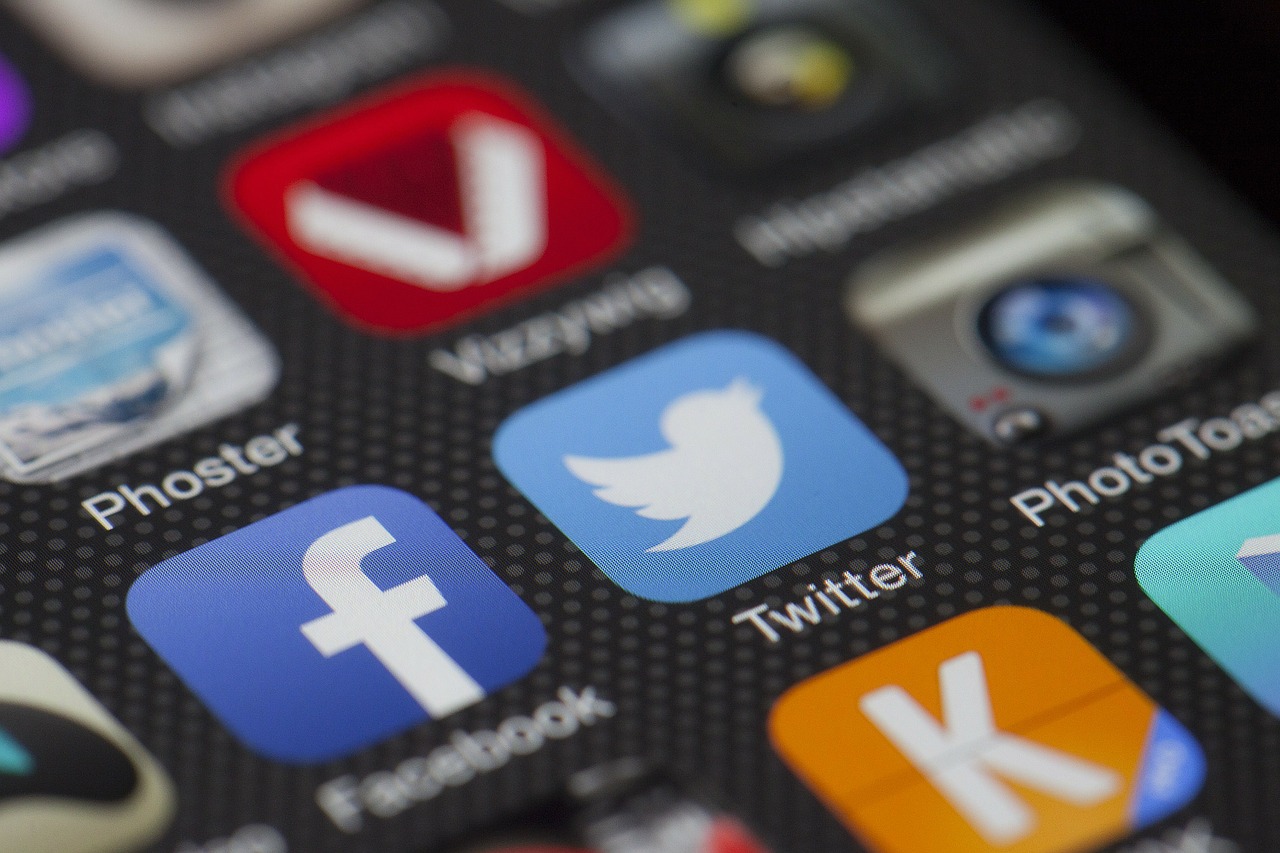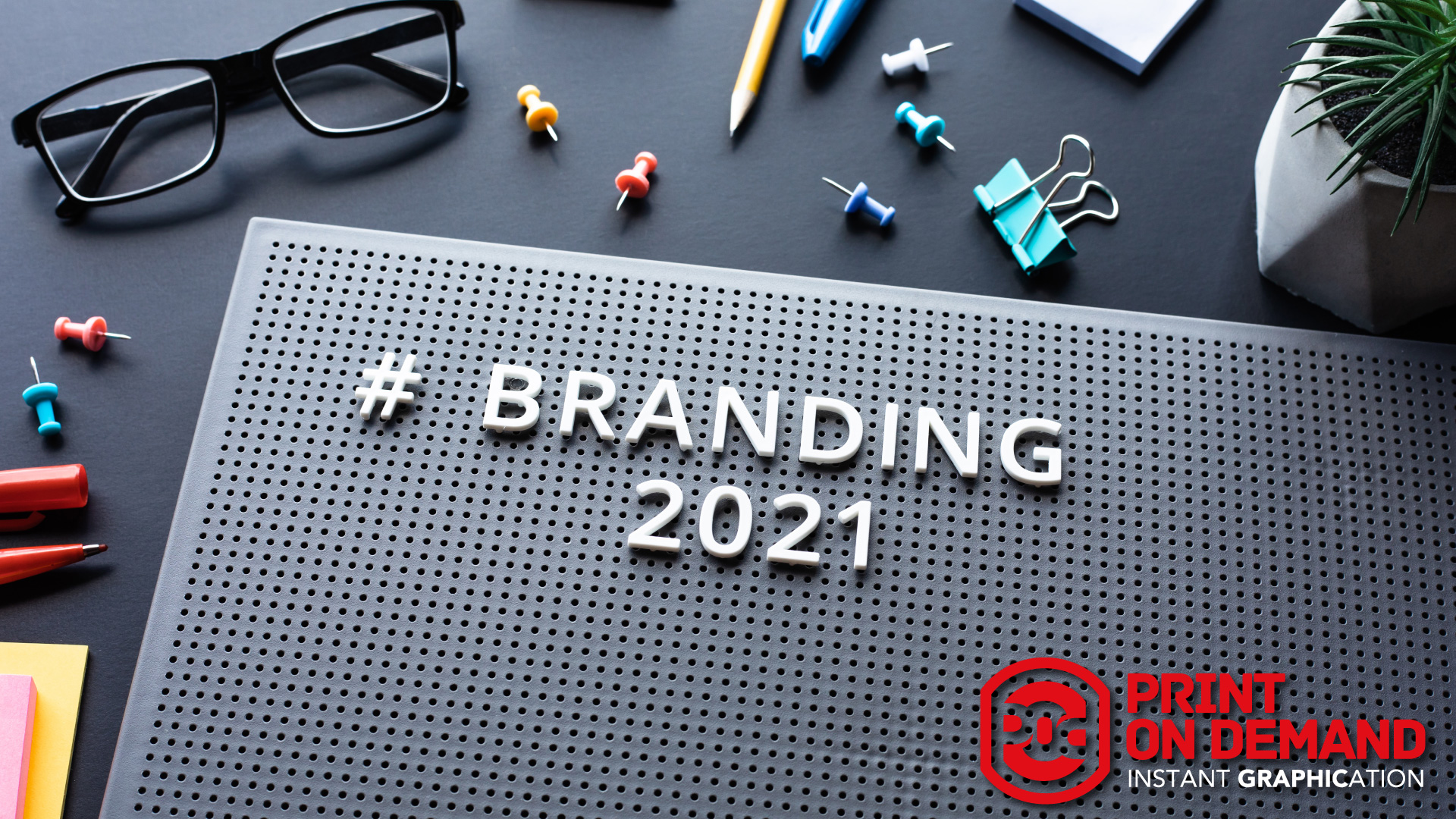Don’t get left behind - The top 6 brand management trends of 2021
Astute branding is what will set your company apart from the rest. And because branding is all about perception, you need to go beyond mere aesthetics.
The future of brand management is more diverse, inclusive and connected to real customer needs than ever before.
The top 6 branding trends that will dominate in the future include:
1. Environmental footprint and sustainable consumption
Focus on the environment, especially climate change and carbon emissions continues to grow. This used to be associated more with socially conscious brands, but it is now becoming more mainstream.
This is especially true for Millennials and Generation Z. Studies show that 80% of millennials expect companies to make a public commitment to good corporate citizenship. But what does this mean for branding?
It is now more important than ever for brands not only to be socially responsible but also to choose the right social mission and use the right marketing tactics.
2. Logo adaptability
If you want to thrive in the digital age, your company needs to have a great website and also have a presence on social networking platforms.
Doing all this, it's important to think about logo adaptability. An example is how some leading brands changed theirs amidst the pandemic. For example, McDonald’s was one of the first brands to reflect social distancing on their logo by moving the two famous golden arches apart.
Websites, social networking sites and documents need different layouts. Brands should have different logos that fit these layouts and can be used for different occasions, giving consumers something different and keeping them from getting bored.
Because of this trend, many companies are now choosing to create shape-shifting logo designs.
Digital commercial printing is ideal for businesses looking to do short-run printing and personalisation of new branding. It enables brand owners to get creative with print and get personal with their customers.
This drives increased engagement and response rates by an order of magnitude. The opportunities are countless in terms of making a lasting impression on clients in a way that is tactile, relevant and valuable.
.jpeg?width=1280&name=ipad-820272_1280_(1).jpeg)
3. Minimalism
Minimalism has caught up even in the business industry and we're witnessing many companies starting to strip down their branding to the simplest possible form.
For example, both Google and Airbnb recently had facelifts that changed their logos to sans serif, a popular typeface for Minimalism.
Other brands are following the trend too by using fewer colours, more negative space, and simpler typography. In fact, 95% of top brands use only one or two colours for their logo. From Airbnb to Snapchat, companies are racing to create sleek, name-free logos that are still instantly recognizable.
4. Visual branding reigns supreme
Humans are visual creatures and most spend a lot of time on social media, where visuals reign supreme.
You just have to look at the growth of image-focused platforms Pinterest and Instagram to see the proof of this. Google, Pinterest, and several other companies are also investing in visual search technology.
Images are already returned for 19% of searches on Google, and 62% of millennials say they are more interested in visual search than any other new technology.
Digital commercial printing is also a great way to go for innovative brands that want to be customer-demand-led, build unique customer relationships and run lean to optimise margins.
The accessibility of the internet has paved the way for an 'always-on' social media culture. This has transformed sites like Facebook, YouTube, Pinterest, Twitter, and Instagram into prime spots for building a brand.
It's no surprise that 90% of organizations leverage social media for brand awareness.

5. Local really is lekker!
Provenance has been growing in importance in branding strategy, mainly because of factors such as carbon footprint and perceived authenticity, as well as increasing trade barriers and supply chain disruption.
This is evident in the rise of a marketing trend known as 'hyperlocal marketing'.
The self-isolation imposed by the pandemic has led to increased digital and broadcast media as well as increased presence on social networks, with a rise of 43% in Facebook use and 45% in WhatsApp use.
Thus, with more South Africans scrolling, there is more room than ever before to focus on the empathy of your brand’s marketing and to target your consumer’s changing needs.
Local consumers are realising that local really is lekker, with 63% of local consumers remaining loyal to the trusted brands they know and love, and consumers showing a greater degree of support for local brands.
6. World-class customer experience
One of the most notable paradigm shifts is the important role that consumers play in the branding process. Companies cannot continue to assume that consumers will passively play along with marketing activities.
In most cases now, consumers want to play an active role with brands by directly impacting their message, position and method of marketing.
It's no longer about trying to convince people to buy from or work with your company. Instead, the priority has moved towards providing amazing customer experiences that will keep people coming back for more.
*THE most important investment is empathy* - says @harleyf @Shopify, urging brands to understand their customers better and ditch outdated business models < #RetailConnected21 interview w @LukeTugby, @RetailWeek @WorldRetail @Inn_Tweets #futureofretail pic.twitter.com/YVpgDlFg8I
— * D a n I n n e s * (@DanInnes) April 27, 2021
Coordinate your digital marketing team with your sales and customer service teams to deliver quality throughout their experience. Efficiency, convenience, knowledgeable and friendly service, and easy payment options are what people value most in their customer experience.
Going above and beyond
These days, brand managers and marketers have to go above and beyond to make sure they capture and retain the attention of their target audiences.
Building a brand now takes more effort than it ever has. It focuses less on how the brand looks and more on how the brand acts. Many companies are working towards fostering authentic consumer experiences to meet demands.
If you want to get a better idea of other trends in the industry, check out this list of branding statistics.
It will give you in-depth data about how B2C and B2B companies are creating brand strategies, what branding tactics appeal to digital natives, as well as where the industry is headed in the coming years.





